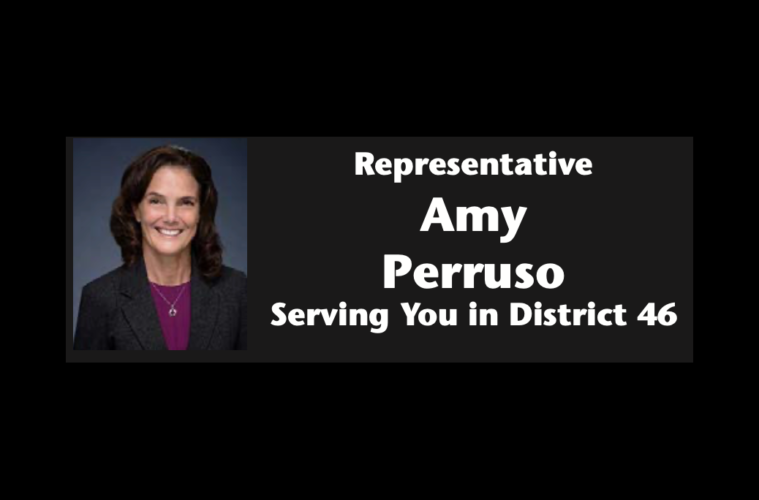At the conclusion of the 2023 session, some of my colleagues and I disagreed with the decision to not fund core operations of the entire public education system for fiscal years 2024-2025. The 2024 session provides legislators with an opportunity to correct this failure to fund core, day-to-day operations and demonstrate meaningful support for public education, by supporting adequate funding for the public education system, pre-K through university. We should see this commitment in the budget proposals made first by the House and then in the Senate response to the Governor’s proposed budget. The proof of the commitment should be evident in the final budget, to be voted on by all members of the House and Senate in the final days of the 2024 session.
Funding for capital improvement projects or “CIP funding” has been the recent focus of media attention especially as legislators have rightfully questioned the DOE’s capacity to complete longstanding projects. Two critical areas of operational underfunding of the DOE have emerged, impacting the Weighted Student Formula (WSF) and Summer Learning Hubs. For WSF, the Department’s request for funding addresses inflation-related increases dating back to 2020, totaling $18,821,884 for FY 2024-25. An additional $8,194,397 in WSF is being sought by the DOE to meet the instructional needs of English Learner (EL) students. Failing to secure these funds would not only leave schools with significantly less WSF (operational) funding than allocated in FY 2024 but also force school administrators to make difficult decisions for current staffing and intensify challenges posed by the impending federal funding cliff due to the conclusion of ESSER funding.
The Committee on Weights XIII (which determines our really critical Weighted Student Formula, on which so much school-based work depends) has recommended an increase in funds for WSF, particularly to include identified small schools ($3.5 million) and maintain the WSF Reserve ($2.5 million) as a recurring cost starting in FY 24-25. Without sustaining state funds, the DOE will be unable to provide for existing support for small, rural, isolated schools, and those students facing extraordinary circumstances.
Simultaneously, existing Summer Learning Hubs also face a dire funding shortfall. These hubs, crucial for addressing sustained learning loss experienced during the COVID-19 pandemic and providing socialemotional support, require sustained funding beyond 2024 as ESSER funds expire. The loss of these funds will jeopardize vital programs, including summer school, specialized programs, and college and career readiness initiatives that have operated since 2021, impacting vulnerable student sub-groups, such as students with special needs and EL students.
Similarly, significant gaps in funding for higher education, especially the University of Hawaii (UH). have emerged. The Governor’s executive budget proposal, which provides our starting point for negotiations, also falls short of fulfilling the UH Board of Regents’ (BOR) approved budget request for fiscal year 2025 (FY25). For the operating budget, the BOR sought $56.3 million, with the governor’s proposal including only $28.6 million. At the time of the development of the governor’s budget proposal, revenue projections from the Council on Revenues were concerning and the governor’s team was also focused on reappropriating or clawing back cash (or A funds) to address the disaster in Maui. Those projections have improved, however, and we also expect to see a high rate of federal reimbursement of disaster-related state funding which translates into future available cash funds to meet these higher education requests.
While $21.2 million was allocated to restore state general fund support for UH to pre-COVID-19 levels, crucial requests, such as expanding the successful Hawaii Promise Program to UH’s three universities, were left unmet. Furthermore, the Governor’s proposed budget failed to include requests for workforce development in education, construction trades, and agriculture, as well as positions and funds for the Office of Equity Assurance to meet campus safety requirements. The University’s capital improvement requests also faced substantial underfunding, with only $66.5 million allocated out of UH’s requested $331.5 million for capital renewal, deferred maintenance, and campus modernization. Critical projects, including repairs and renovations to UH Mānoa student housing facilities, were excluded from the governor’s budget proposal. This can and should be easily remedied, as UH has demonstrated substantial capacity to complete CIP work as evidenced by recent completion of Ching Field.
This financial shortfall expressed in the current supplemental budget proposed by the Governor raises concerns about the state’s commitment to addressing key priorities in primary, secondary and post-secondary education. By failing to properly fund public education, we are only increasing the growing chasm between rich and poor, failing to make our educational system more equitable and just, and hindering progress on sustainable economic diversification. As the budget moves through this legislative session, we need to work together to advocate for comprehensive funding to support vital DOE and UH initiatives that are paramount in achieving the state’s educational and societal goals. repperruso@capitol.hawaii.gov



